
Ultimate Guide to Mastering PCB Board Design for Beginners and Experts
In the rapidly evolving electronics industry, mastering PCB board design has become increasingly essential for both beginners and seasoned professionals. According to a recent report by the IPC, the global PCB market is expected to reach $100 billion by 2025, reflecting a compound annual growth rate (CAGR) of 3.8%. This growth is driven by the rising demand in consumer electronics, telecommunications, and automotive sectors, where efficient and innovative PCB designs play a critical role. As a result, acquiring robust skills in PCB board design not only enhances a designer's capabilities but also significantly impacts the overall performance and reliability of electronic devices.
The importance of effective PCB board design cannot be overstated. A well-designed PCB minimizes electrical noise, optimizes signal integrity, and enhances the manufacturability of electronic products. Furthermore, the increasing complexity of circuits demands a thorough understanding of design practices and tools, as highlighted in the latest study by ResearchAndMarkets, which emphasizes that nearly 60% of engineering time is spent on design-related tasks. As such, this ultimate guide aims to equip designers with the knowledge and skills needed to navigate the intricacies of PCB board design, regardless of their experience level, ensuring they remain competitive in this dynamic field.
Read more »


 By:Sophia - November 26, 2025
By:Sophia - November 26, 2025
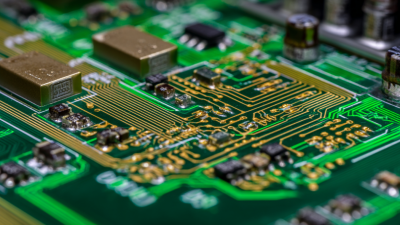
 By:Noah - November 24, 2025
By:Noah - November 24, 2025
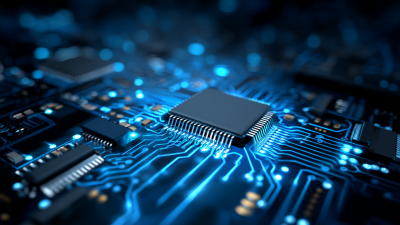
 By:Sophia - November 23, 2025
By:Sophia - November 23, 2025
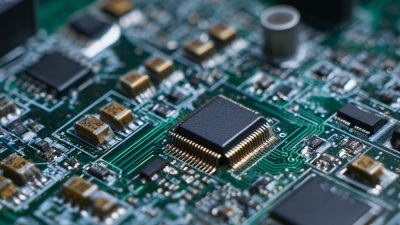
 By:Noah - November 22, 2025
By:Noah - November 22, 2025

 By:Sophia - November 20, 2025
By:Sophia - November 20, 2025

 By:Liam - November 19, 2025
By:Liam - November 19, 2025
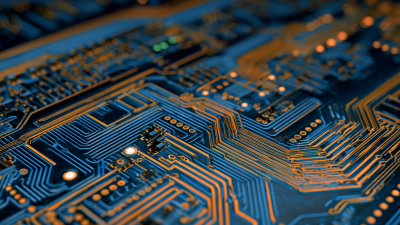
 By:Sophia - November 13, 2025
By:Sophia - November 13, 2025

 By:Sophia - November 11, 2025
By:Sophia - November 11, 2025
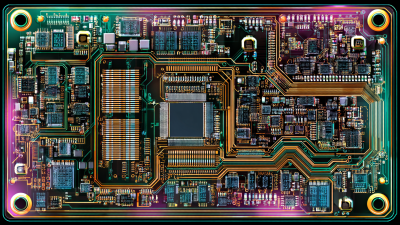
 By:Sophia - November 10, 2025
By:Sophia - November 10, 2025
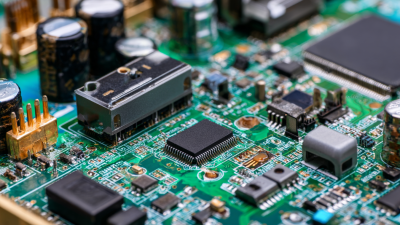
 By:Sophia - November 8, 2025
By:Sophia - November 8, 2025

 By:Noah - November 6, 2025
By:Noah - November 6, 2025
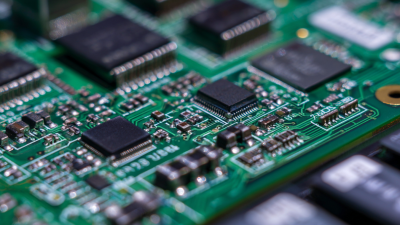
 By:Sophia - November 5, 2025
By:Sophia - November 5, 2025